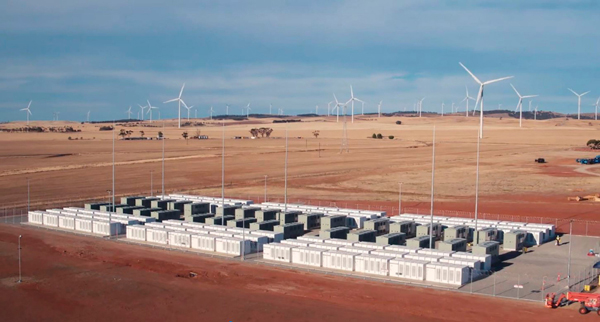At the end of November Tesla announced having completed construction of a massive 100-megawatt, 129-MWh battery installation in South Australia. The new facility boasts the largest megawatt rating for any grid-connected battery installation in the world.

The state of South Australia saw a need to beef up its electricity infrastructure after a September 2016 storm caused a state-wide blackout. State officials wanted to ensure that didn’t happen again, and they wanted to find a solution that made use of renewable energy.
The Hornsdale Wind Farm near Jamestown, South Australia, produces 315 megawatts of electricity, but, like any wind farm, it’s not a steady source of power. So Tesla’s batteries will charge up during periods when the wind farm is producing excess energy, then supply extra power to the grid during periods of peak demand.
Tesla’s record isn’t fated to stand for long, however. South Korea’s Hyundai Electric & Energy Systems is building a 150-megawatt lithium-ion unit, that the company says will go live in February, in Ulsan near the southeast coast.
